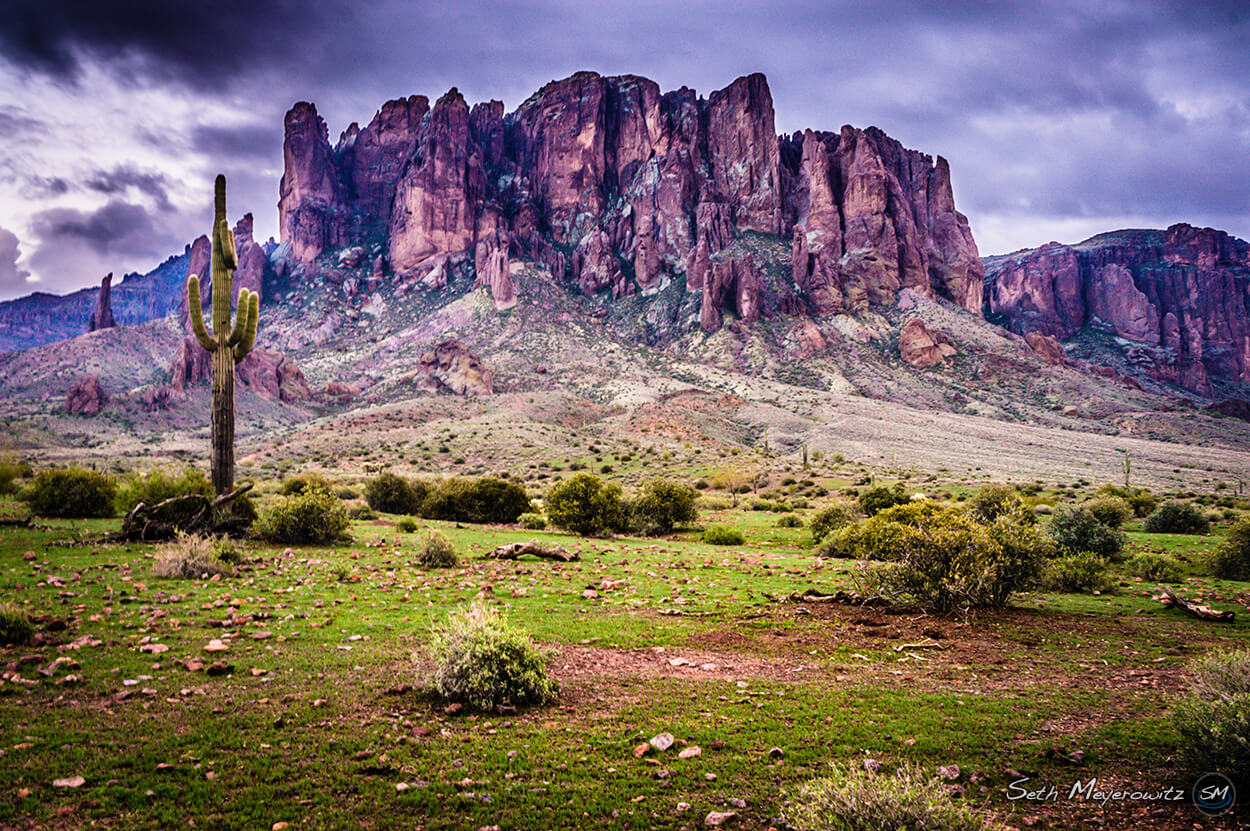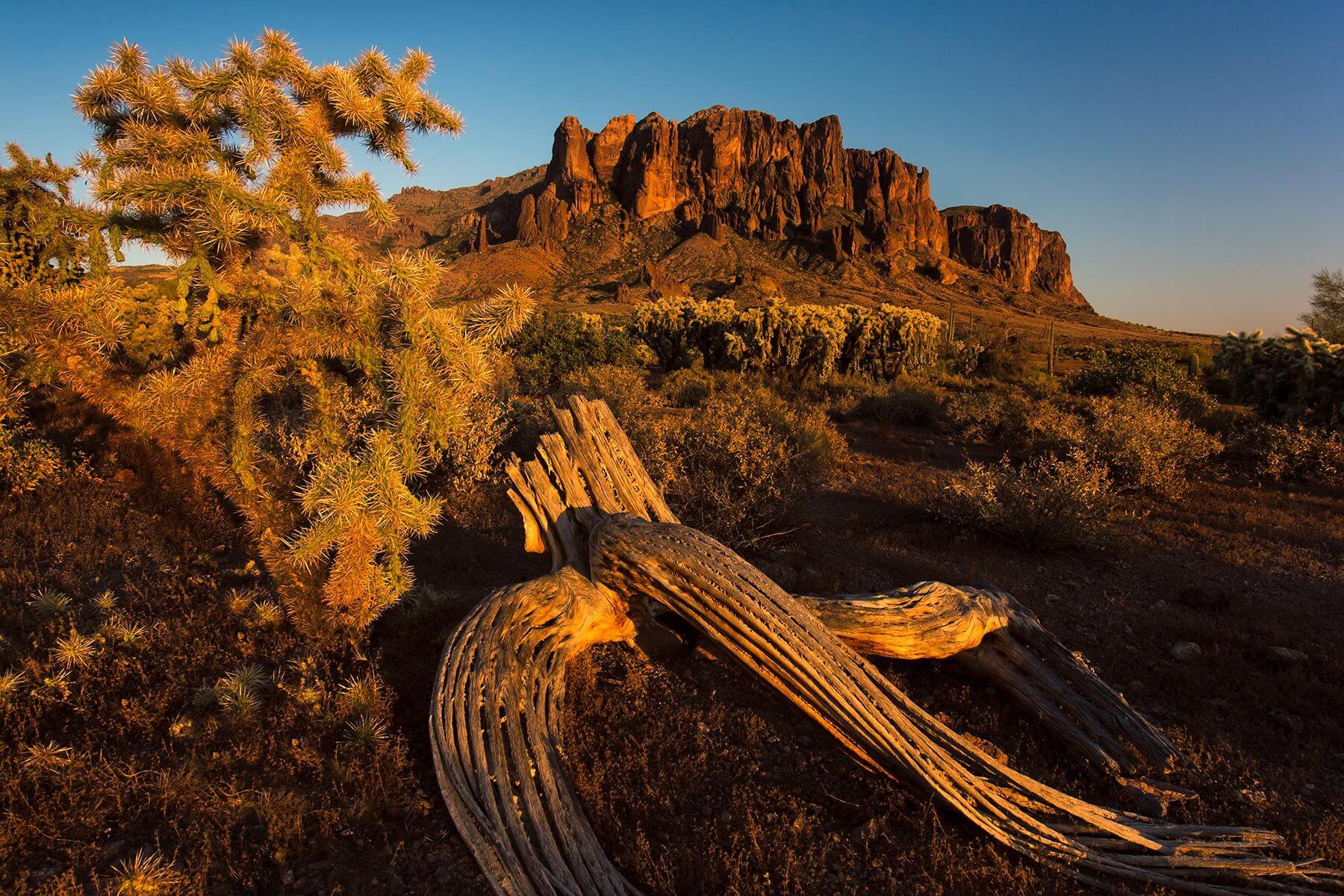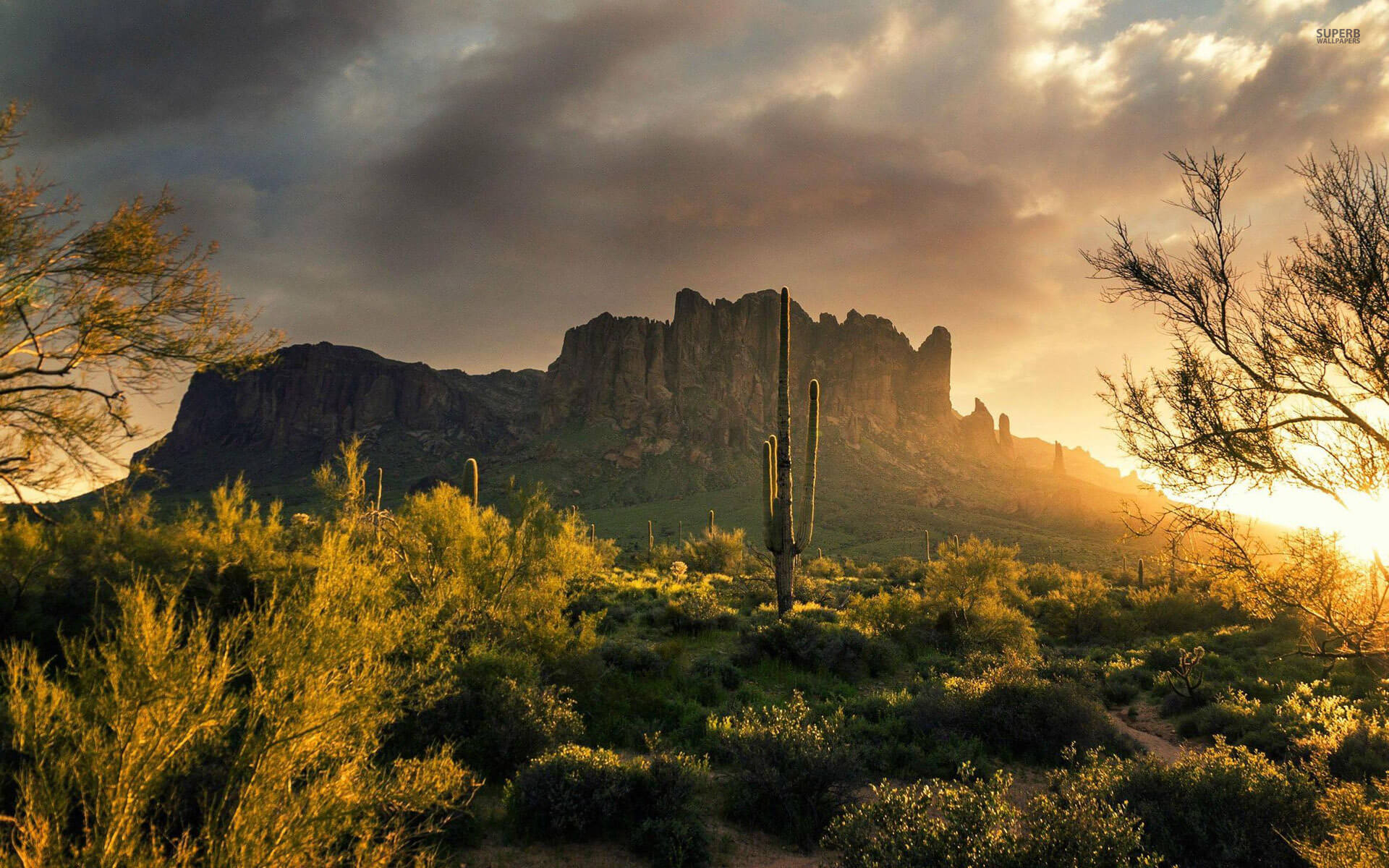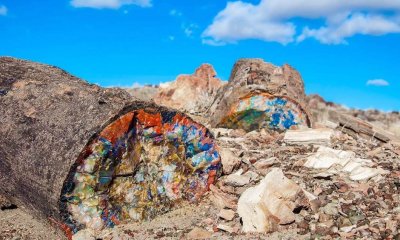Arizona
Your Guide to the Lost Dutchman Mine in Arizona
You might have heard about the Lost Dutchman Mine in the Superstition Mountains of Arizona. But how much do you really know about the Dutchman’s Mine?
1) What Was the Dutchman of the Lost Dutchman’s Mine?

Though he did emigrate his home country to come to Arizona in the 1860s, the fabled Dutchman did not, in fact, hail from Holland. Jacob Waltz, who would become the mysterious man behind the Lost Dutchman Gold Mine came to the southwest from Germany. Since many Americans also referred to German as “Deutsch,” and when spoken, this term is indistinguishable from “Dutch,” Waltz soon earned his nickname. He knew that Arizona was at the heart of an area that was producing mass quantities of various valuable minerals.
He came to America to seek out a fortune of his own. Upon arriving in Arizona, he found a job working at an established mine: the Vulture in Wickenburg.
2) He Quickly Chose to Strike Out on His Own – and it Paid Off

Apparently, working at the Vulture wasn’t turning up Waltz’s fortune as quickly as he would have liked, so he decided to leave his job. Instead, he began opening mining claims of his own around Prescott. Supposedly none of them yielded much of value, but this changed sometime in the 1870s. No one is quite sure of the exact year, but sometime within the decade, Waltz turned up in Phoenix hauling a whole lot of gold. Stories describe him as having been boisterous. He brought drinks for everyone in the bar and was none too quiet about the valuable mine he had discovered.
Thankfully, even in his drunken boasting, Waltz didn’t give away the exact location of his discovery. In the following years, he had more than enough gold to support himself, and when he needed more, he would simply return to the mountains to collect some.
3) Waltz Eventually Had to Enlist Some Help

The Dutchman guarded the secret location of his fortune carefully. He reportedly took such precautions as dragging blankets behind his mules to cover their hoof prints. Not only was there the risk of being followed, but Apache Indian attacks were common in the Superstition Mountains, too. The Apaches considered the Superstitions theirs and had little tolerance for trespassers. To ensure that he would not fall victim to the Indians, Waltz enlisted fellow immigrant Jacob Weiser. The team worked as a pair to keep each other safe, one collecting gold and the other keeping vigilant watch.
4) But, Weiser Didn’t Last Long

As the story goes, the pair grew too comfortable, and Waltz left Weiser in the Superstitions alone while he made the trek to town to fetch provisions. Upon his return, the only trace of Weiser that remained was his torn and bloody shirt. The animals were gone and the camp was destroyed. Waltz claimed that evidence clearly pointed to the Apache Indians, but many people suspected that he himself has decided to take Weiser out.
Indeed, Weiser’s death wasn’t the only suspicious occurrence. By this time, a number of men were openly searching for Waltz’s mine. After two men who had been looking near Waltz’s area discovered some valuable ore, it wasn’t long before they were both discovered dead. Other deaths would soon join the list, but somehow Waltz always remained safe, which only created more suspicion.
5) Some People Believe There Never Was a Lost Mine at All

One theory was that, in light of the growing list of suspicious deaths, perhaps Waltz was simply a bandit. He knew the Superstition Mountains very well, and it wouldn’t have been hard for him to catch other unsuspecting prospectors off guard and claim their finds. One specific event points to the Peralta family, who had discovered gold and was systematically transporting it out of the mountains.
One such shipment of gold was met by Apache warriors who murdered the prospectors and took the animals but left the gold since it was of no value to them. Like two prospectors who magically turned up with $37,000 worth of gold in the 1950s, Waltz could have gotten lucky and stumbled across his fortune in a similar manner.
6) The Dutchman Refused to Tell the Location of His Mine, Until His Deathbed

It was in 1891, as he lay on his deathbed that Waltz chose to reveal his ultimate secret to his caregiver, Julia Thomas, and a man who was said to be his adopted son, Rhinehart Petrasch. Unfortunately, by this time, Waltz’s strength was fading, and he gave a poor description of the location of the mine. Thomas and Petrasch, along with his brother, searched for the gold but to no avail. Thomas had little money to spend searching and gave up quite quickly, but the never-ending search was said to have driven Petrasch to suicide. His brother died only a few years later.
Even today, people are still searching for the Lost Dutchman Gold Mine. While some contend that the whole thing was an elaborate setup, others can’t help imagining that, if they just keep searching, they might just be the one to turn up the Dutchman’s fortune.
What do you think? Was the Dutchman the orchestrater of a cruel practical joke, or will some lucky soul someday discover the Lost Dutchman Mine?

















